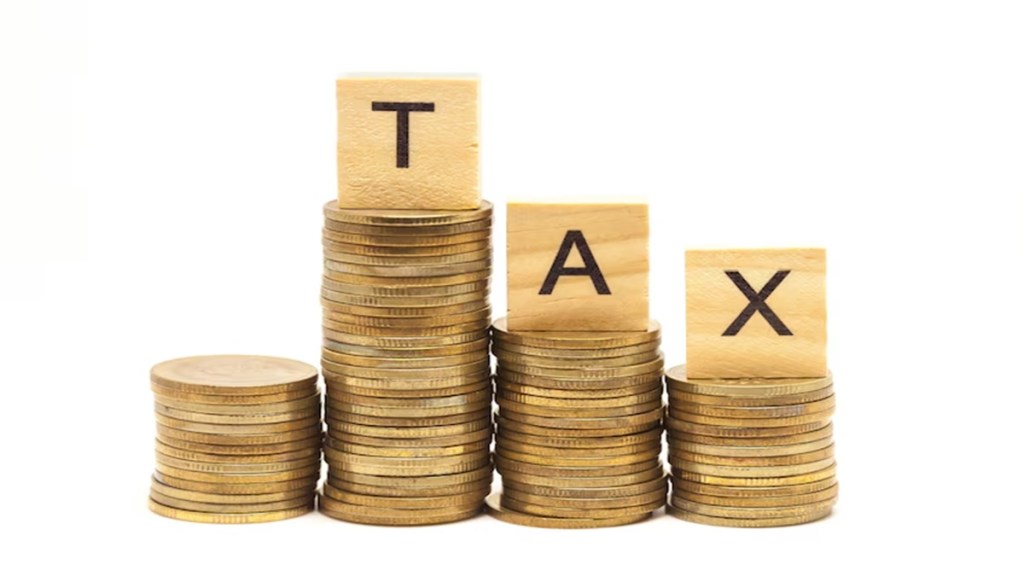The Budget 2025-26 may unveil significant tax giveaways aimed at putting more money in the hands of individual taxpayers, with the main target beneficiaries being those who earn up to Rs 15 lakh a year.
According to sources, the tax concessions would be restricted to the new income tax regime, sans exemption and deductions, which was brought in financial year 2020-21. Over 70% of the taxpayers have already shifted to this regime from the old one, as the former has been tweaked multiple times to make it more attractive to taxpayers.
The changes being mulled now include a hike in basic exemption limit from Rs 3 lakh to Rs 4 lakh, along with a rejig of tax slabs.
Currently, income up to Rs 3 lakh/annum is exempt from income tax in the new regime. Income between Rs 3 lakh to Rs 6 lakh is taxed at 5%, Rs 6 lakh to Rs 9 lakh at 10%, Rs 9 lakh to Rs 12 lakh at 15%, Rs 12 lakh to Rs 15 lakh at 20%. The marginal rate of 30% applies to income above Rs 15 lakh.
It is also provided in the I-T Act that taxpayers with an income up to Rs 7 lakh won’t have to pay any tax if they opt for the new tax regime. With Rs 75,000 standard deduction, income up to Rs 7.75 lakh won’t attract tax. If income exceeds Rs 7.75 lakh, the tax would kick in from Rs 3 lakh, and apply as per the slabs.
“The concessions may be aimed at those earning up to Rs 13-14 lakh. The idea is to increase disposable income with people to increase consumption,” an official said, on condition of anonymity.
“Majority of income taxpayers live in urban areas where most of the consumption also takes place. Given that inflation is hurting people in the lower income strata, each I-T slabs can be raised by Rs 1 lakh each,” EY India Tax & Regulatory Services Partner Sudhir Kapadia said. This would bring down effective tax rates for the taxpayers, he noted.
The first slab can be from Rs 4 lakh to Rs 7 lakh instead of Rs 3 lakh to Rs 6 lakh now, and other slabs would get adjusted accordingly.
“To boost consumption, especially in urban areas (where the majority of income taxpayers reside) expanding the slabs at lower and middle-income levels, that is, up to 20% tax bracket should be considered,” Kapadia said.
Unlike corporate taxes, personal income tax (PIT) receipts have been growing at a robust rate in recent years and will likely exceed the target in FY25. Gross PIT (before devolution) receipts rose 25% to Rs 7.41 lakh crore in April-November of FY25 as against the required rate of 13.6% to achieve the annual target of Rs 11.87 lakh crore.

